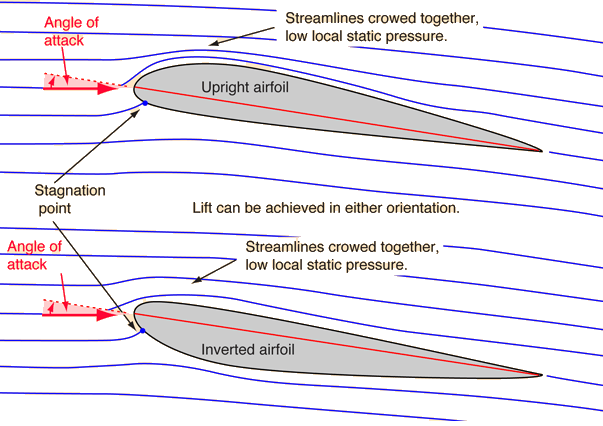Hi Janklow
Thanks for your thoughts
Overall your post is a tad frustrating from my point of view partly because you have no practical experience with tunnels, if you had then you would be singing a different tune. . . the overall trend of your arguments seems to be that the tunnel is just along for the ride and doesn’t do much. . . nothing could be further from the truth. . . the difference on the same board with and without a tunnel is enormous. . . . the increase in power and drive is dramatic. . . … . once you have felt it you can see it in the videos but unless you have felt you probably don’t know what to look for.
Here are a few points in response to yours:
(1) Bernoulli vs Coanda
Not much point in arguing this one IMO. Both theories are just theories, they have no independent reality and their usefulness depends entirely on their ability to explain what is happening. If you find that the Bernoulli theory is ideal for your understanding of lift then that’s fine, it doesn’t necessarily contradict my use of the Coanda theory. From my point of view, particularly in relation to annular wing based lift, the Bernoulli vs Coanda argument reminds me of the Ptolemaic vs Copernican explanations of planetary movement. . . . both theories are capable of explaining the movement of the planets but the Ptolemaic theory is unwieldy and complicated. Likewise I find Bernoulli’s theory to be lacking in that it doesn’t explain annular wing based lift (at least conceptually) very well. . … . annular wings create lift by redirecting large volumes of air or water with very little pressure difference. . . there is very little in the way of pressure layers inside the tunnel. . . this reduces drag and increases lift particularly at lower angles of attack. . . . . because the Bernoulli theory is based on pressure differences it is thus not useful at explaining how lift which is generated using minimal pressure differences occurs. . . whereas the Coanda theory explains this very well. Perhaps it is analagous to how light is sometimes treated as a wave and sometimes as a particle ? Thus I am not saying that one theory is right and the other wrong, just that one theory is more useful in one area and perhaps the other in another area. . . they are only mental constructs after all !
(2) Lift at low angles of attack
If I read you correctly you are saying that a lifting foil set up at a low angle of attack in relation to the bottom isn’t going to do much. Firstly I must suggest that you try it and find out. . . your feet will tell you the difference. . . this difference can be knee buckling ! Secondly, this noticeable effect is probably partly due to the fact that the enclosed tunnel is able to generate lift at lower angles of attack than flat plane wings (all else being equal). Thirdly, the tunnel has almost as strong an effect (from the riders point of view) when set up parallel to the bottom at a zero angle of lift in relation to the bottom. It is important, I think, to remember that even though the tunnel is parallel to the bottom it still experiences positive angles of attack in relation to the water flow. . . and the fact that the bottom of the board experiences something similar doesnt stop the tunnel from lifting when it meets water flow at a positive angle of attack.
(3) Low Drag
Annular wings are low drag, so the lift they generate always comes with a beneficial lift/drag ratio.
(4) Volume of flow
Annular wings redirect large volumes of flow compared with open wings of the same area ( I mention this because you mistakenly had the opposite idea)
(5) Lift in all planes
Unlike a flat plane wing the tunnel is capable of lifting through 180 degrees. . . so talking about its lift capabilities only in relation to the horizontal plane of the surfboard bottom is misssing much of the functional beauty of the tunnel. . . it lifts in any direction it is asked to. . . it does the job of a flat plane vertical fin and a horizontal wing. . . and all the increments of cant in between ! The bottom line for me is that I can’t stop riding them, they are so docile and obedient, and yet so powerful. . . neutral but positive
Don’t you just love these paradoxes ? 
Sometimes when discussing tunnels I feel that a new less rigid language is needed. . . something of a tall order so will have to make do with the old english sentences !
I hope that helps us to continue a meaningful conversation
Regards,
Roy

